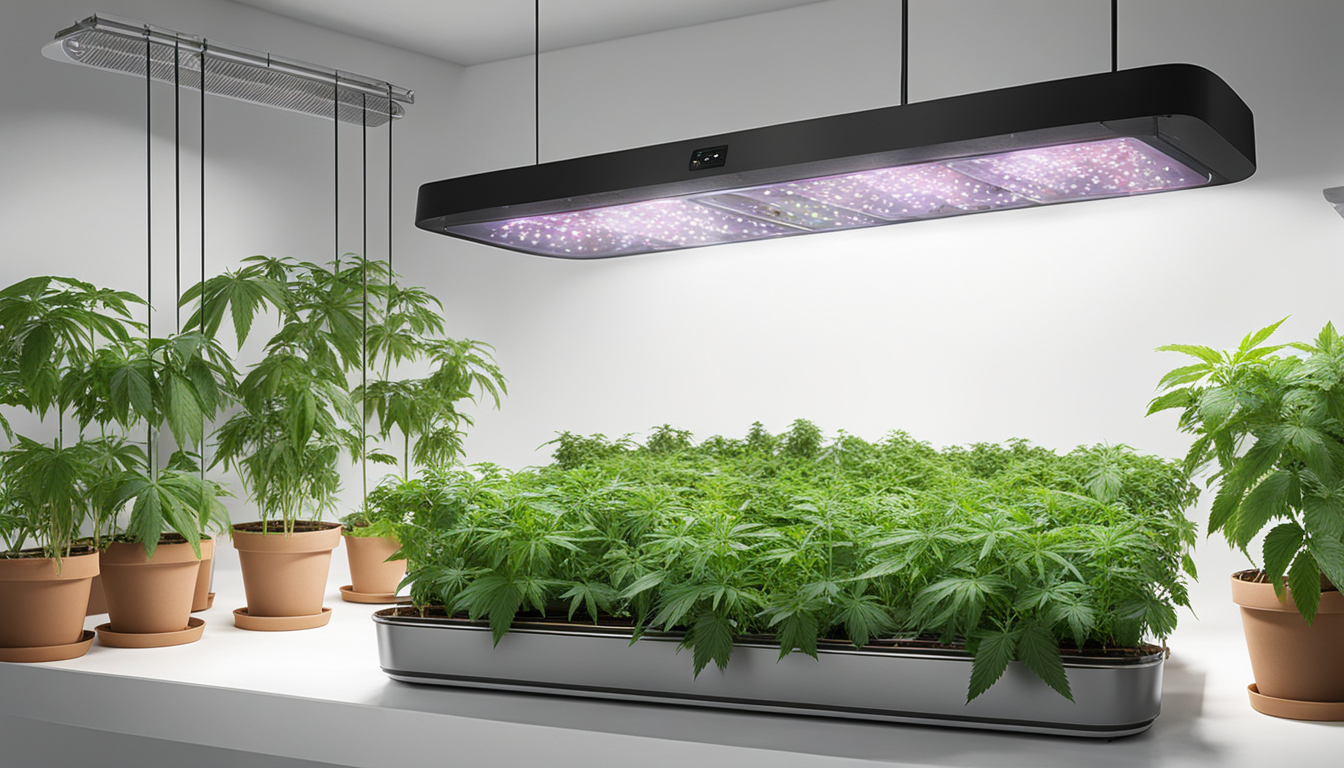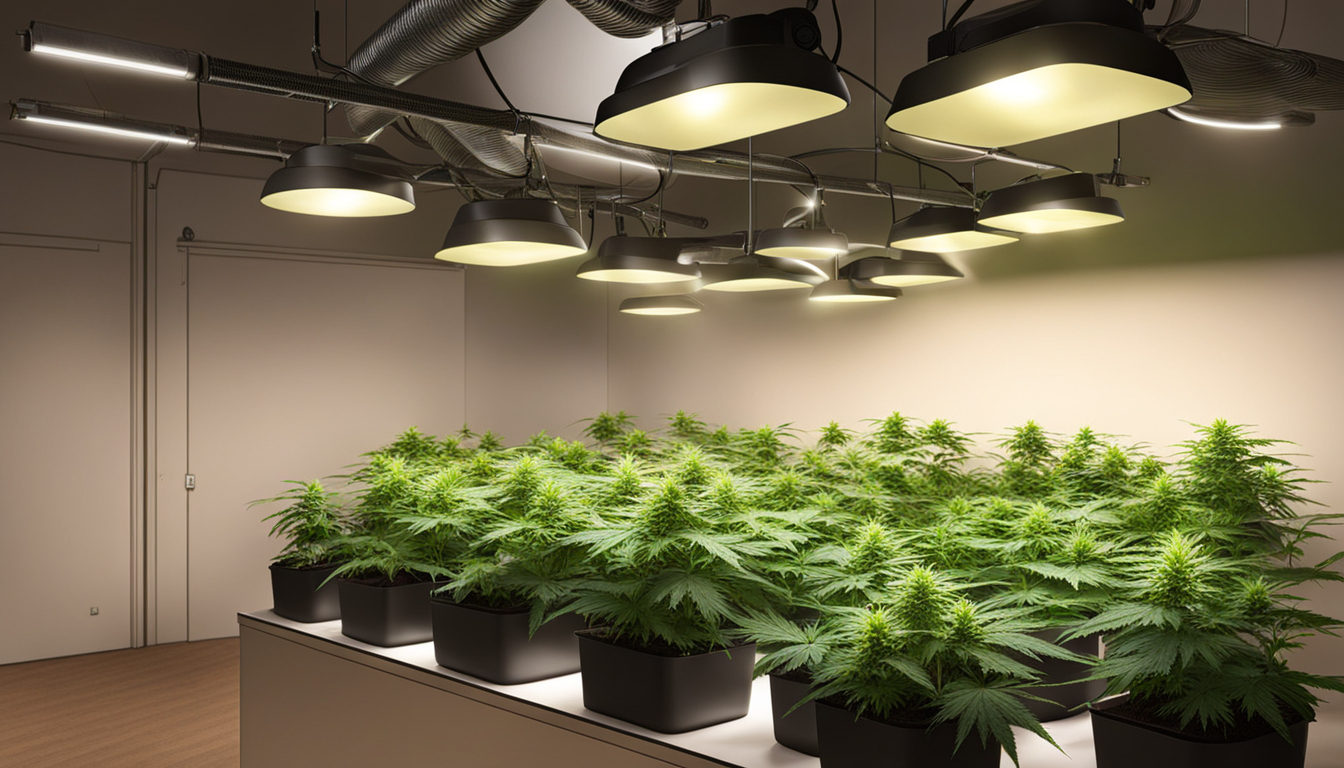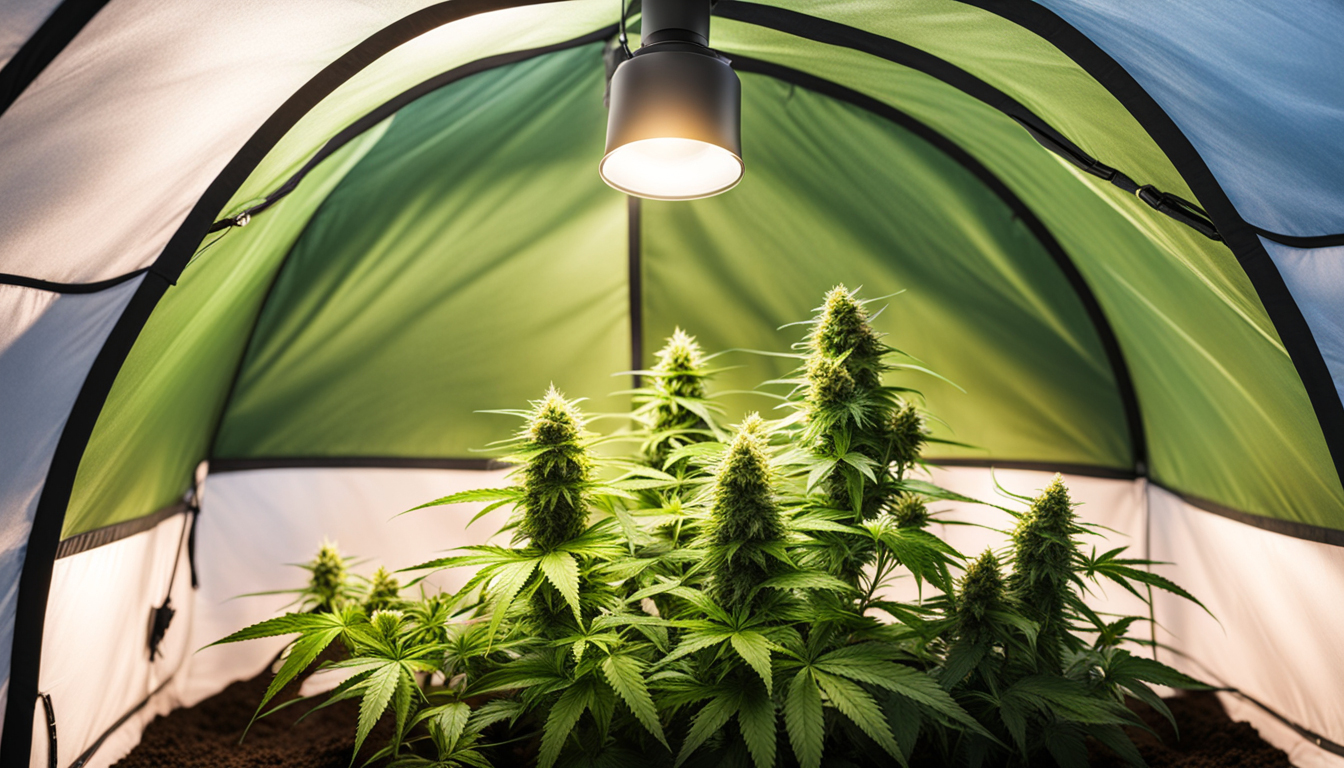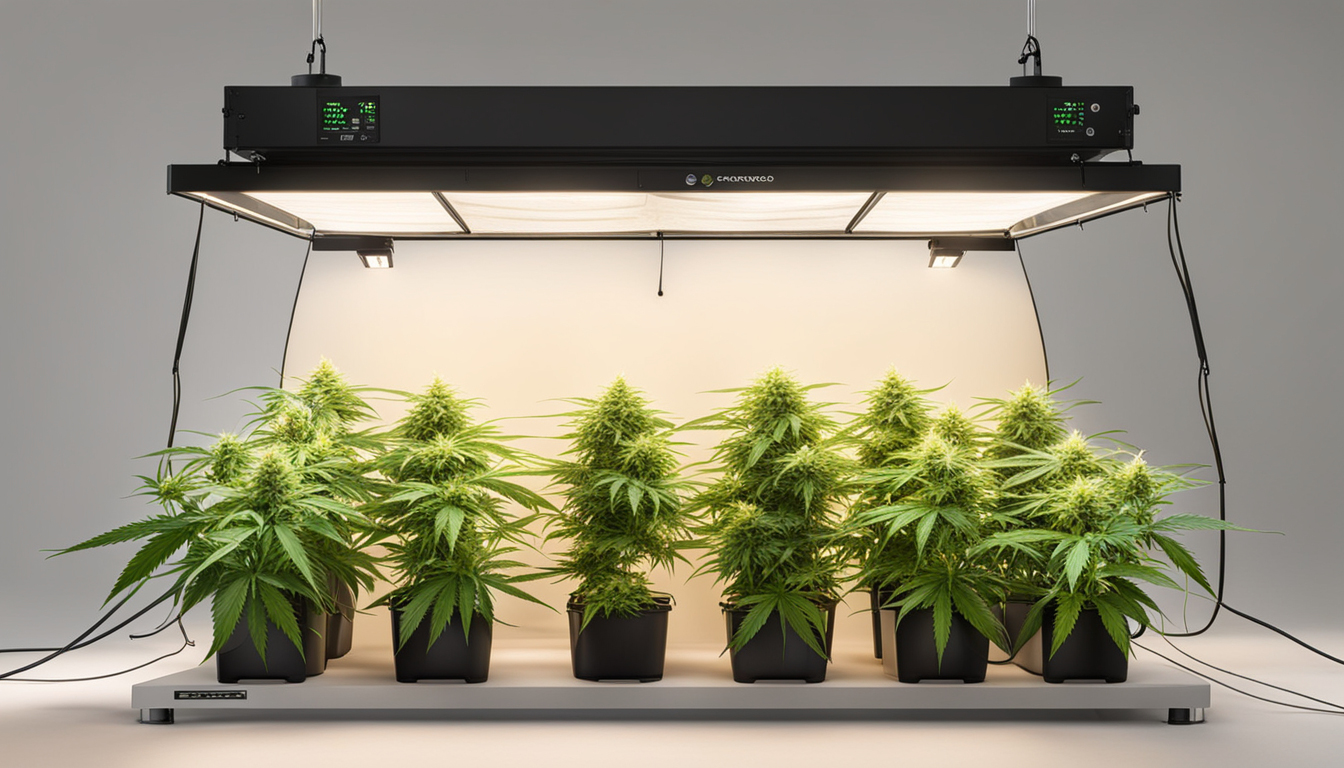
Whether you're just starting out with pot cultivation or looking to improve your existing crop, following this complete guide will help you produce big, high-quality yields right at home. With the right supplies, techniques, and care, cultivating pot indoors can be an extremely rewarding and cost-effective endeavor.
Choosing Weed Varieties
The first step in planning your indoor harvest is choosing the right cannabis strains to grow. The three main types of weed plants each have their own traits.
Energizing strains
Known for their uplifting cerebral effects, these strains spread tall and slender with narrow leaves. They flourish in tropical equatorial climates and have a longer flowering time between 10-12 weeks indoors. Top energizing varieties include Jack Herer, Durban Poison, Super Lemon Haze, and Jack Herer.
Relaxing strains
These strains provide relaxing full-body effects and grow short and bushy with broad leaves. Adapted to cooler mountain climates, they bloom faster within 2-2.25 months. Popular indica varieties include Northern Lights, Bubba Kush, and Bubba Kush.
Mixed strains
Mixed varieties mix traits from both energizing strains and relaxing strains. They offer blended effects and have medium blooming times around 2.25-2.5 months. Popular mixes are Blue Dream, OG Kush, and Blue Dream.

Setting Up Your Cultivation Space
Pot plants need the right controlled environment to flourish. Key factors for indoor cultivations are lights, ventilation, layout, and finding the ideal discreet location.
Location
Choose an unused space with direct access to irrigation and power outlets. An empty spare room, large closet, basement corner, or grow tent securely placed in a garage all make great hidden grow room spots.
Lighting
Pot requires strong light for all growth stages. LED grow lights are efficient and come in full spectrum options replicating real sunlight. Provide 250-400 watts per square foot for the vegetative stage and 400-600 watts per sq. ft. for flowering.
Airflow
Proper ventilation and exhaust systems maintain ideal temp, moisture, and fresh CO2 levels. Install low-noise 4-6 inch fans or scrubbers to circulate stale air and eliminate smells.
Layout
Maximize your space by arranging plants carefully under the lights and leaving room to reach and work around them. Set up separate zones for growth, bloom, drying, and propagation.

Growing Mediums
Weed can be cultivated in different substrates, each with pros and cons. Pick a appropriate option for your specific setup and cultivation style.
Soil
The classic substrate, soil is affordable and simple for new growers. It provides great taste but requires more irrigation and nutrients to nourish plants. Enrich soil with perlite or coir to enhance drainage.
Coconut coir
Made from coconut husks, reusable coconut fiber retains water but still lets in air to the roots. It's more sterile and more consistent than soil. Use coco-specific fertilizers to avoid calcium buildup.
Water systems
In hydro systems, plant roots develop right in nutrient irrigation solution. This enables rapid development but needs careful monitoring of solution properties. Deep water culture and irrigation systems are popular techniques.
Sprouting Seeds
Sprouting prepares your cannabis seeds to begin growing radicles. This prepares them for transplanting into their cultivation medium.
Paper Towel Method
Put seeds between wet paper towels and maintain them damp. Check after 2-7 days for growing radicles indicating germination is complete.
Planting directly
Plant seeds directly into wetted cultivation medium 6mm deep. Gently water and wait 7-14 days until seedlings push through the surface.
Cubic rockwool
Soak rockwool cubes in balanced water. Place seeds 1⁄4 inch deep into the cubes. Keep cubes moist until sprouts appear within a week to 2 weeks.
Transplanting Seedlings
Once germinated, pot seedlings need to be transplanted to avoid crowding. Move them into proper sized containers.
Ready Containers
Load large pots with growing medium amended with time-released fertilizer. Let containers to absorb water overnight before repotting.
Gently repotting
Carefully separate seedling roots from germination medium using a spade. Put into pre-soaked pot at equal depth as before and lightly water in.
Vegetative Stage
The vegetative stage encourages foliage and plant structure through 18-24 hours of daily light exposure. This stage usually lasts 1-2 months.
Using 3/4 to full day of Lighting
Use lamps on a 24 hour cycle or natural sunlight to trigger constant growth. Lamp output influences height and node distance.
Nutrients
Use grow stage nutrients higher in N. Make sure pH remains around 5.8-6.3 for full fertilizer uptake. Fertilize 25-50% concentration after 14 days and strengthen slowly.
Training Techniques
Topping, low stress training, and scrogging manipulate growth patterns for even canopies. This increases yields.

Bloom Stage
The blooming stage develops buds as plants show their sex under a 12/12 light schedule. It lasts 2-3 months based on variety.
Switching to 12/12
Change grow lights to grow light guide 12 hours on, 12 hours off or move outside for outdoor 12 hour cycle. This signals plants to start blooming.
Flushing
Flushing removes nutrient salts to enhance flavor. Fertilize weakly the first period then just use pH'd water the final 2 weeks.
Flushing
Continue 12/12 light timing but leach using neutral pH water only. Resume plain watering if buds aren't yet ripe after two weeks.
Harvesting
Recognizing when pot is completely mature ensures peak potency and aroma. Harvest plants at peak ripeness.
Identifying Ripeness
Look for fading pistils, swelling calyxes, and 5-15% amber trichomes. Inspect buds around the plant as they don't all mature evenly.
Harvesting plants
Use clean, Click Here sharp pruning shears to gently cut each plant at the base. Leave several inches of stalk attached.
Drying
Suspend intact plants or branches inverted in a lightless room with average temp and humidity around 50-60% for 1-2 weeks.
Curing
Aging keeps drying while improving the buds like fine wine. This process mellows harshness and intensifies terpene and terpene profiles.
Curing containers
Trim cured buds from branches and place into glass jars, packing about 3⁄4 full. Use a sensor to measure container moisture.
Burping Daily
Unseal jars for a short time daily to gradually lower moisture. Rehydrate buds if humidity goes under 55%.
Final Cure
After 14-21 days when humidity levels off around 55-65%, do a final manicure and store forever in sealed jars.
Troubleshooting
Even experienced cultivators run into different marijuana plant problems. Identify issues soon and address them correctly to maintain a vibrant garden.
Nutrient Deficiencies
Yellowing leaves often indicate inadequate nitrogen. grow cannabis fuide Purpling stems and leaves signal phosphorus deficiency. Test pH and increase fertilizers gradually.
Bugs
Spider mites, fungus gnats, mites, and root aphids are frequent cannabis pests. Use organic sprays, predator bugs, and sticky traps for organic control.
Mold
Excessive humidity promotes powdery mildew and root rot. Improve circulation and circulation while lowering RH below 50% during bloom.

Summary
With this complete indoor pot cultivation guide, you now have the knowledge to cultivate bountiful strong buds for personal harvests. Apply these techniques and methods throughout the seed starting, growth, and bloom stages. Spend in quality equipment and carefully check on your plants. In time, you'll be compensated with frosty aromatic buds you grew yourself under the patient guidance of your green thumbs. Happy growing